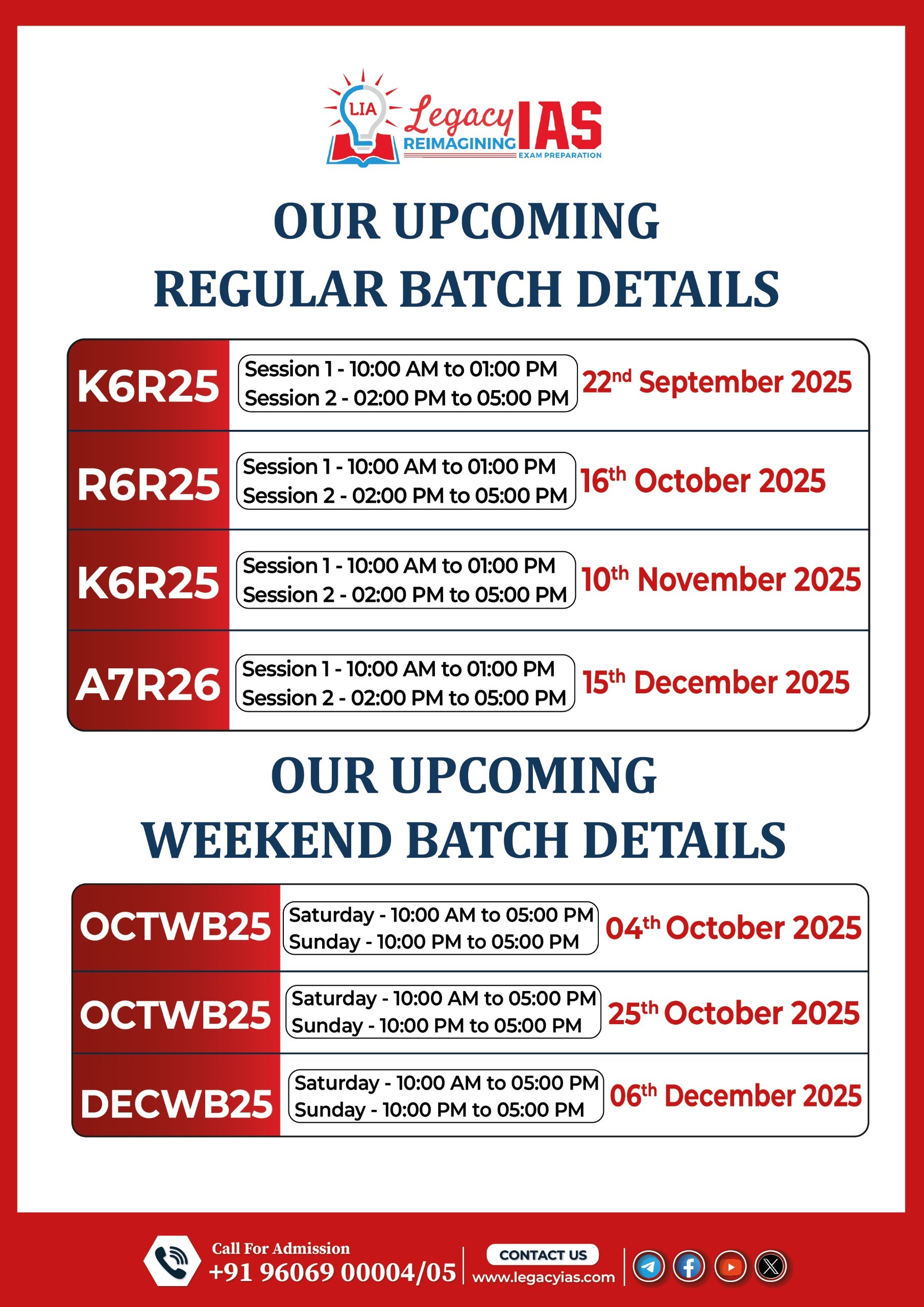CONTENTS
- Secure and Fair
- Stocktaking Calamity
Secure and Fair
Context:
India’s recent actions to control deceptive e-commerce tactics, referred to as “dark patterns,” are a delayed yet commendable move. The government’s engagement with industry players and consumer advocacy organizations has culminated in the release of preliminary guidelines aimed at curbing dark patterns. This is open for public input by October 5, and is expected to bring the necessary focus to this pressing problem.
Relevance:
GS2- Government Policies and Intervention
Mains Question:
What do you understand by dark patterns? Examine the issues associated with it. What should be India’s approach in dealing with dark patterns? (15 marks, 250 words).
About Dark Patterns:
- In 2010, the British user experience researcher Harry Brignull introduced the term “dark patterns.”
Although profit-driven dark patterns had started to emerge by then, consumers were not fully aware of the consequences related to their privacy, as well as the expenditure of their time, energy, and money. - Examples of these dark patterns have now become widespread. They include the automatic selection of travel insurance when booking flight tickets, the obligatory requirement to provide email addresses or phone numbers to access e-commerce websites, which are subsequently used for unsolicited text messages or emails that are difficult to block, and birthday greetings designed to encourage users to purchase gifts for themselves.
- In today’s era, characterized as the Fourth Industrial Revolution, major internet technology companies have systematically amassed the behavioral data of digital users to market their own products or third-party offerings. This has resulted in profits that often surpass the combined Gross Domestic Products of multiple nations.
Global Efforts to regulate dark patterns:
With a growing awareness of the excessive profit-driven tactics employed by online e-commerce, governments are rushing to establish regulations for this industry and its trading practices.
| COUNTRY | EFFORTS |
| European Union | European Data Protection Board has issued guidelines on how to identify and avoid dark patterns on social media platforms. |
| United States | United States’ Federal Trade Commission has issued a warning about the “increasing use of sophisticated dark patterns designed to deceive and ensnare consumers.” |
Efforts by India:
The Indian guidelines provide specific instructions for recognizing and preventing deceptive tactics such as
• false urgency,
• stealthily adding items to a shopping cart (basket sneaking),
• using guilt or pressure to manipulate decisions (confirm shaming),
• compelling users into actions they may not want (forced action),
• and ensnaring users in subscription traps on online platforms.
- According to a 2021 report from the Advertising Standards Council of India, it was estimated that more than half of e-commerce websites employed these dark patterns to promote their products.
Up until now, India’s initiatives to oversee this industry have primarily focused on preventing tax evasion and safeguarding the concerns of traditional physical retailers.
Conclusion:
The renewed emphasis on consumers, coupled with a broader perspective on the necessity of preserving privacy regarding personal information on e-commerce websites and social media platforms, is expected to enhance user trust and guarantee a digital environment that is both safe and secure, as well as open and equitable.
Stocktaking Calamity
Context:
The climate crisis became intricately entwined with the G20 summit in Delhi, especially in the conversations about clean energy, sustainable development, and the shared responsibility needed to prevent it.
Relevance:
GS3- Environment
Mains Question:
The recently released UN Global Stocktake Report must form the basis of negotiations to aid the discovery and adoption of genuine breakthroughs. Discuss. (10 marks, 150 words).
United Nations Global Stocktake Report:
This stocktake is intended to serve as a framework for guiding discussions leading up to the 28th Conference of Parties scheduled in Dubai this November. It is designed to officially assess the progress made by countries since 2015 in curbing greenhouse gas (GHG) emissions.
Findings of the Report:
- In 2015, the signatories to the UN convention on climate change, as agreed in Paris, committed to preventing global emissions from increasing beyond 2°C and striving to limit them to 1.5°C if possible. However, the report acknowledges that, at present, the world is emitting gases in a manner that will undoubtedly exceed the agreed-upon limits set in Paris.
- The report makes it clear that achieving these goals will require “much greater ambition in action and support” to implement domestic mitigation measures, aiming to reduce global GHG emissions by 43% by 2030, 60% by 2035, and ultimately achieve net-zero CO2 emissions globally by 2050.
- It emphasizes the importance of combating deforestation and promoting the use of electric vehicles as crucial components of a green energy economy.
Emission Gap:
According to the latest data provided by countries, the emissions difference required to align with a 1.5°C target by 2030 is estimated to fall within the range of 20.3 billion to 23.9 billion metric tonnes of CO2. Closing these gaps is improbable unless there is a swift expansion of renewable energy capacity and a deliberate move away from fossil fuel sources like coal, oil, and natural gas.
G20 and climate talks:
- G20 nations are responsible for 93% of currently operational coal power plants worldwide and 88% of planned future ones.
- The G20 Leader’s Declaration formally acknowledges the necessity of funding, stating that approximately USD 5.8-5.9 trillion will be needed in the period leading up to 2030 to support developing countries, along with an annual requirement of USD 4 trillion for clean energy technologies by 2030, aiming to achieve net-zero emissions by 2050.
Conclusion:
The United Nations’ Global Stocktake, was released just before the G20 meet and set out the agenda for the scope of challenges that awaited the major economies of the world. While the report does not mention specific nations or offer a more detailed examination of the deficiencies in the emission reduction strategies employed by countries, it is important not to overlook the Stocktake report as merely another technical document.



